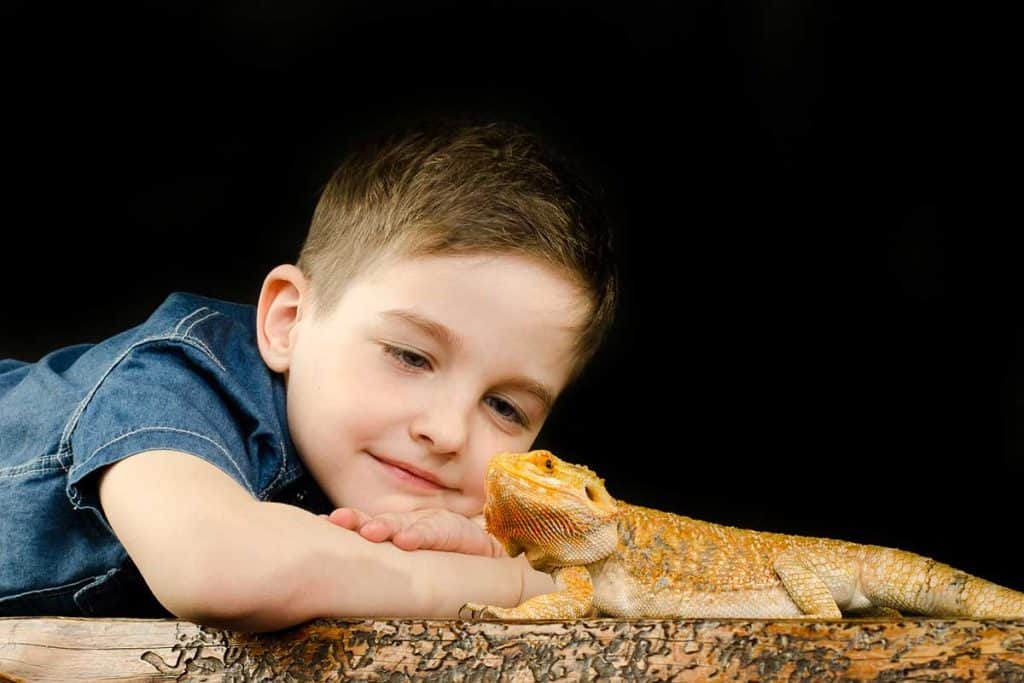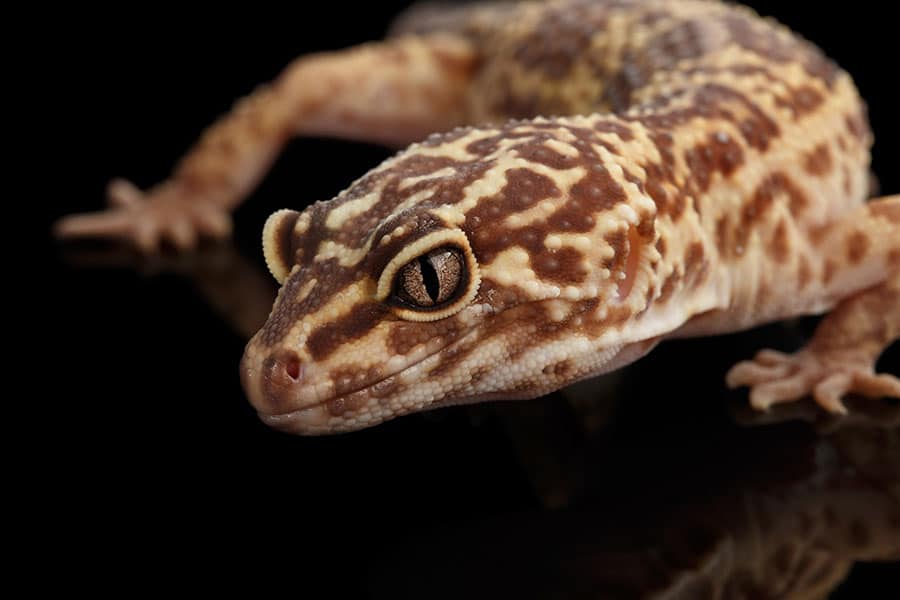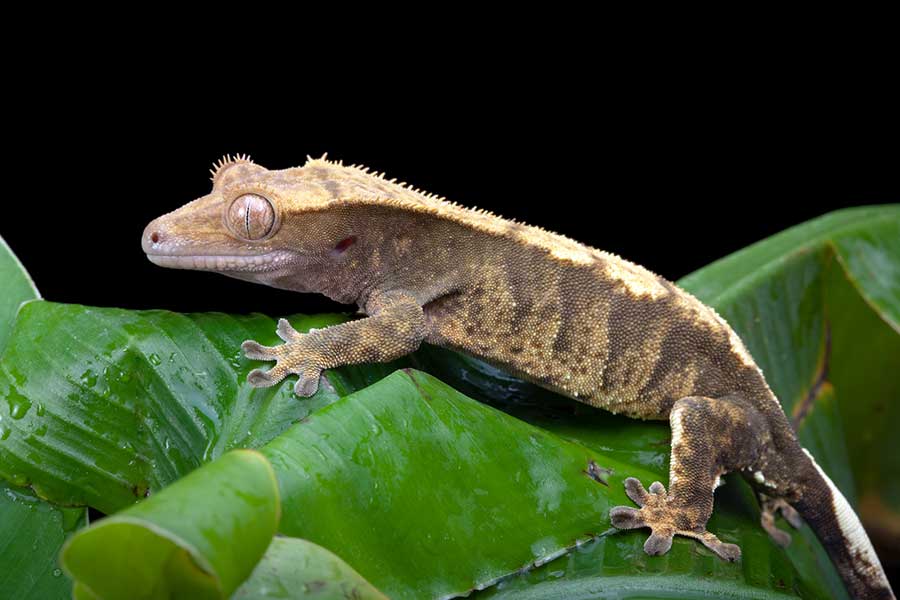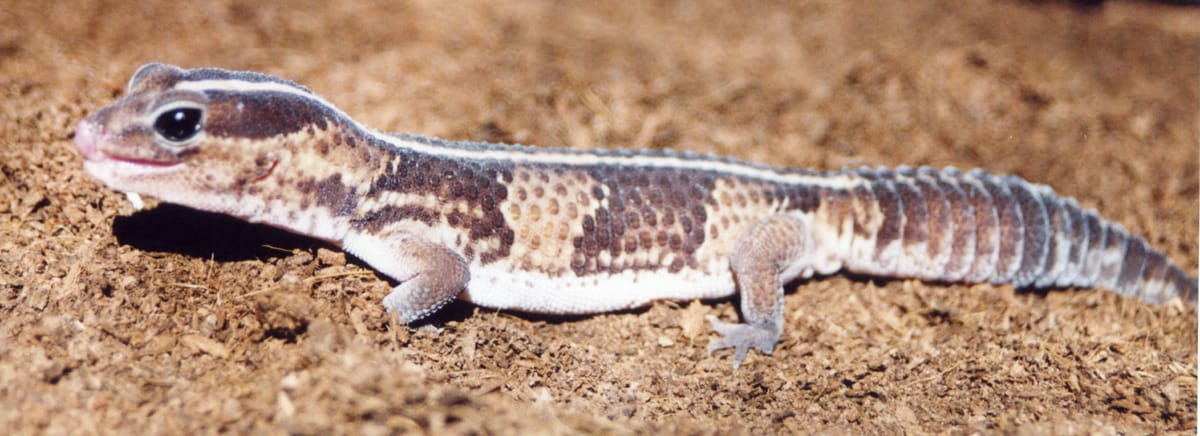While dogs and cats make wonderful pets for families, they aren’t always good beginner pets for children. On the other hand, reptiles are more popular than ever, and the best lizards for kids are easy to care for and make wonderful pets for young herpetologists.
However, let’s not forget that there are thousands of different species of lizards to choose from! Picking out the perfect pet lizard can be challenging for experienced owners, let alone children!
Before choosing a lizard for your kids, it’s important to research different species and their dietary and husbandry needs. That way, you’ll have a better idea of what you’re getting yourself into and whether your child will be able to take care of their new pet lizard with or without your help.
Lizards in general make great pets, but only a few types of reptiles are truly kid-friendly! Read on to find out the best pet lizards for kids!
The Best Lizards for Kids
Whether you are allergic to dogs or are simply looking for a low-maintenance pet for your children, a lizard is a fantastic choice. Unlike dogs, pet lizards don’t have to be trained or taken for walks, even when it’s pouring rain! Plus, they take up far less space than a dog or a cat and are generally less noisy and messy.
However, there are many different types of lizards, and some are much easier to care for than others. Listed below are some of the best pet lizards for kids or new reptile owners who possess little or no prior experience owning scaly pets.
Bearded Dragon
Bearded dragons are one of the most popular pet reptiles and for many great reasons! Incredibly social and friendly, bearded dragons are one of the best lizards for handling and will often just walk into your hand and cuddle up with you without having to be picked up at all. This combined with their docile and relaxed temperaments makes beardies great pet lizards for kids.
Bearded dragons typically grow to be 18 to 24 inches long from the nose to the tip of their tail. Keeping that in mind, a beardie might not be the best choice if you are looking for a smaller reptile for your child.
When it comes to care, bearded dragons are relatively low-maintenance pets. An adult beardie needs at least a 40-gallon enclosure, and you’ll need to maintain the ideal temperature and humidity inside it. With proper care and a nutritious diet, bearded dragons can live from eight to 12 years and can be there through your kid’s entire childhood and beyond.
Leopard Gecko
Besides being the best pet lizard for a child, the leopard gecko is one of the most popular, if not the most popular of all pet reptiles. Available in a variety of stunning colors, leopard geckos make interesting and attractive pets for children and are also very easy to care for.
This small desert reptile is easy to handle and has a docile temperament, which makes it ideal for beginners and young herpers. Unlike other types of geckos, leos don’t have sticky toe pads and stay close to the ground, which means that they are less likely to escape than some other pet lizards.
In terms of care, leopard geckos need at least a 20-gallon enclosure, proper lighting, and a safe substrate that will mimic their natural habitat. Since leopard geckos are insectivores, they need a balanced and varied diet that consists of various feeder insects. Dubia roaches, mealworms, hornworms, and crickets are great staple feeders that contain all the essential nutrients a leopard gecko needs.
To ensure that your pet leopard gecko is getting the most out of its diet, be sure to gut load and dust insect feeders with a
Crested Gecko
Crested geckos have been rediscovered only a few decades ago, but they have quickly become one of the most popular pet lizards on the planet. These interesting reptiles have very simple care requirements, which makes them one of the best pet lizards for kids and a great choice for newbie herpers.
On average, these little lizards are around 5 to 8 inches long when fully grown, but they still need to be kept in a 20-gallon tank at a minimum (though bigger is always better if you can manage it). Active and arboreal by nature, cresties need a lot of vertical space to climb and will thrive in a tank that has lots of branches, plants, rocks, and other decorations they can use for climbing and hiding.
Crested geckos are omnivores in the wild, meaning they enjoy eating insects, fruits, and pollen. Ideally, they should eat gut-loaded and
calcium -dusted insects like Dubia roaches, silkworms, and crickets as staple feeders and butterworms, waxworms, and superworms as an occasional treat.
Since crested geckos also like eating fruit, you should feed them mashed bananas, pears, peaches, or apricots several times a week. Crested geckos have an average lifespan of 15 to 20 years, and some may even live longer. This is definitely something you should consider if you don’t want to end up caring for your child’s pet reptile when they leave the nest to move out or go to college.
African Fat-Tailed Gecko
African fat-tailed geckos are commonly known as AFTs. They are very similar to leopard geckos in their size and build. However, as their name would suggest, their tails are much pudgier than their leopard gecko friends.
AFTs also have different coloration from leos. AFTs are brown and tan in color and have bands across their bodies instead of spots. They are terrestrial, which means they need a good amount of floor space to run around, with a very similar setup to leopard geckos.
AFTs live for around 10 to 15 years, which means they get to grow up with your child! This can be a pro and a con depending on how devoted your little one will be to their care. Their care is fairly simple with no fancy humidity or dietary requirements apart from lots of bugs!
AFTs love to be handled, and they are the perfect size for your hand. They do bond with their caregivers so this is a special lizard for a child to have.
Blue-Tongued Skink
Blue-tongued skinks are one of the best types of pet lizards for kids who want to handle their scaled companions. These lizards do not drop their tails very easily, which is a bonus when it comes to owning a pet lizard.
Blue tongues are hardy animals. They are slightly shorter than bearded dragons but quite a bit heavier. This means they are secure in a child’s hand. Blue tongues adore being handled and will bond to their caregiver if they are socialized properly.
Caring for a blue-tongued skink is fairly simple. The largest difference from the other lizards on this list is that they like to burrow and need a box of loose substrate that they can dig around in, in their enclosure.
These lizards can live up to 20 years! So, make sure your child is sure they want one.
FAQs on Lizards for Kids
What is the best beginner lizard for kids?
All things considered, the leopard gecko is probably the best lizard for a kid. Small in size and easy to handle, leopard geckos come in many colors and patterns, which makes them even more interesting to young children. Friendly and tolerant by nature, leopard geckos are hardy lizards that won’t wither away if you don’t set up their tank perfectly from the get-go.
Leopard geckos need a 20-gallon tank at a minimum and will do just fine as long as you maintain proper humidity and temperature ranges. Best of all, once you set up their tank, there isn’t much you or your kid will need to do except keep the enclosure clean, replace heat bulbs every month or so, and keep your pet gecko fed.
What’s the friendliest lizard for a pet?
While they may look imposing, bearded dragons are, in fact, one of the friendliest species of pet lizards. Docile, curious, and easygoing by nature, beardies are social creatures that tolerate being handled and genuinely enjoy spending time interacting with their owners. The sooner you start handling and interacting with your bearded dragon, the friendlier and more open for interaction your pet will be.
Even though bearded dragons are solitary animals in the wild, most form strong bonds with their owners and like spending time with them. Most beardies like being held and having their chin, head, and cheeks scratched.
Which is better: bearded dragon or leopard gecko?
While bearded dragons are friendlier by nature and may be more interesting to young children, leopard geckos are smaller and more low-maintenance pets and are better suited to newbie owners and kids. Ultimately, your child won’t go wrong whether they decide to get a bearded dragon or a leopard gecko as a pet, as both are excellent choices.
A Final Word on Kid-Friendly Reptiles
There are many different species of lizards, but only a few make suitable pets for children. Whether your kids are allergic to cats or dogs or they just don’t have time to take on a large commitment like a cat or a dog, a pet reptile can be a great alternative. The main thing the best lizards for kids have in common is they are all easy to maintain and don’t have any special or expensive care requirements.
Keep in mind that most lizards can live for well over 10 years, so make sure you and your child are in it for the long run! If there is a chance that your child will get bored of a pet reptile a few weeks from now, don’t get them one!
It’s best to wait until your child is old enough to understand that getting a lizard or any other type of pet is a long-term commitment. Remember, at the end of the day, you will be responsible for the animal if your child ends up becoming bored with it!







